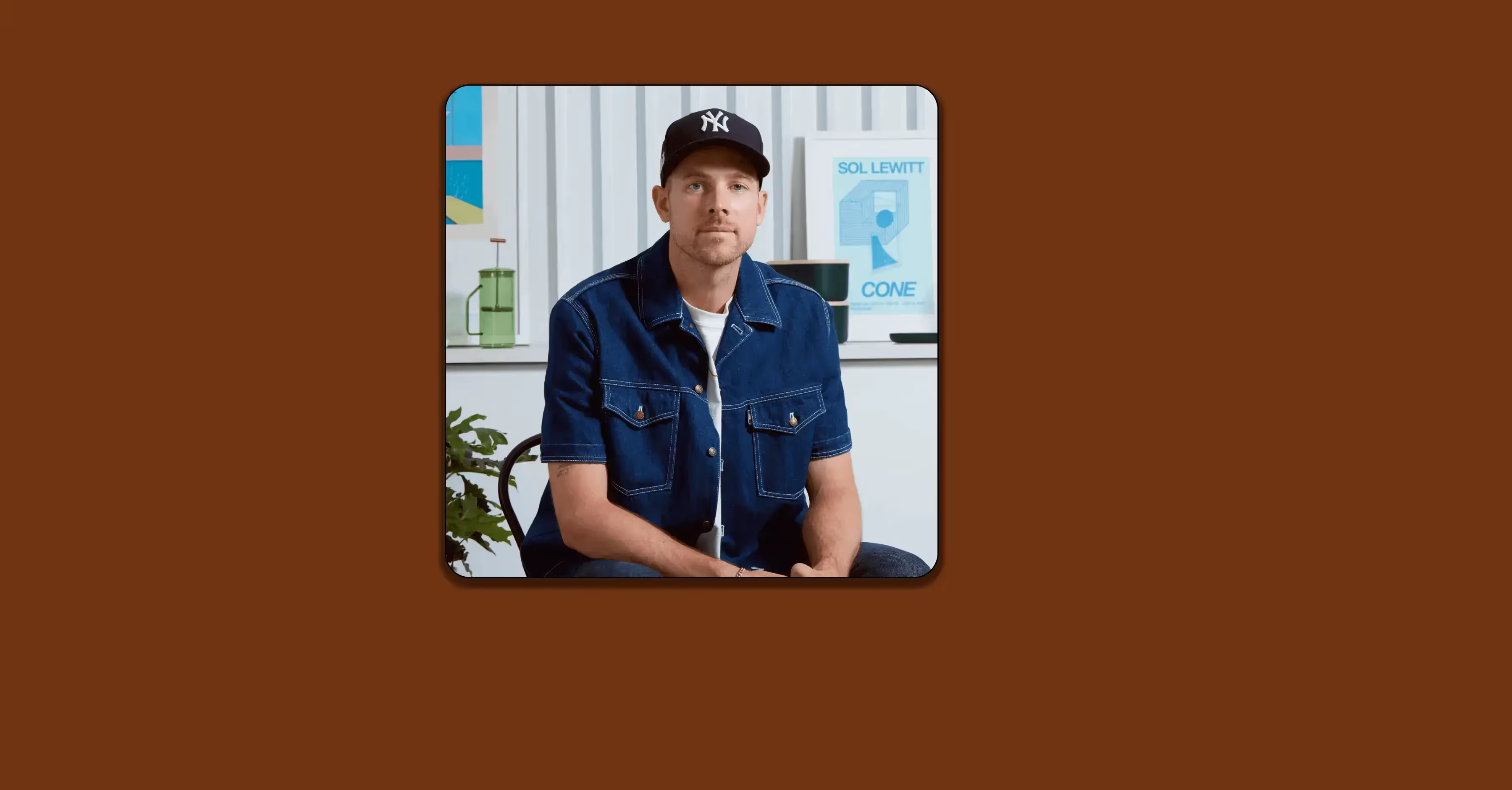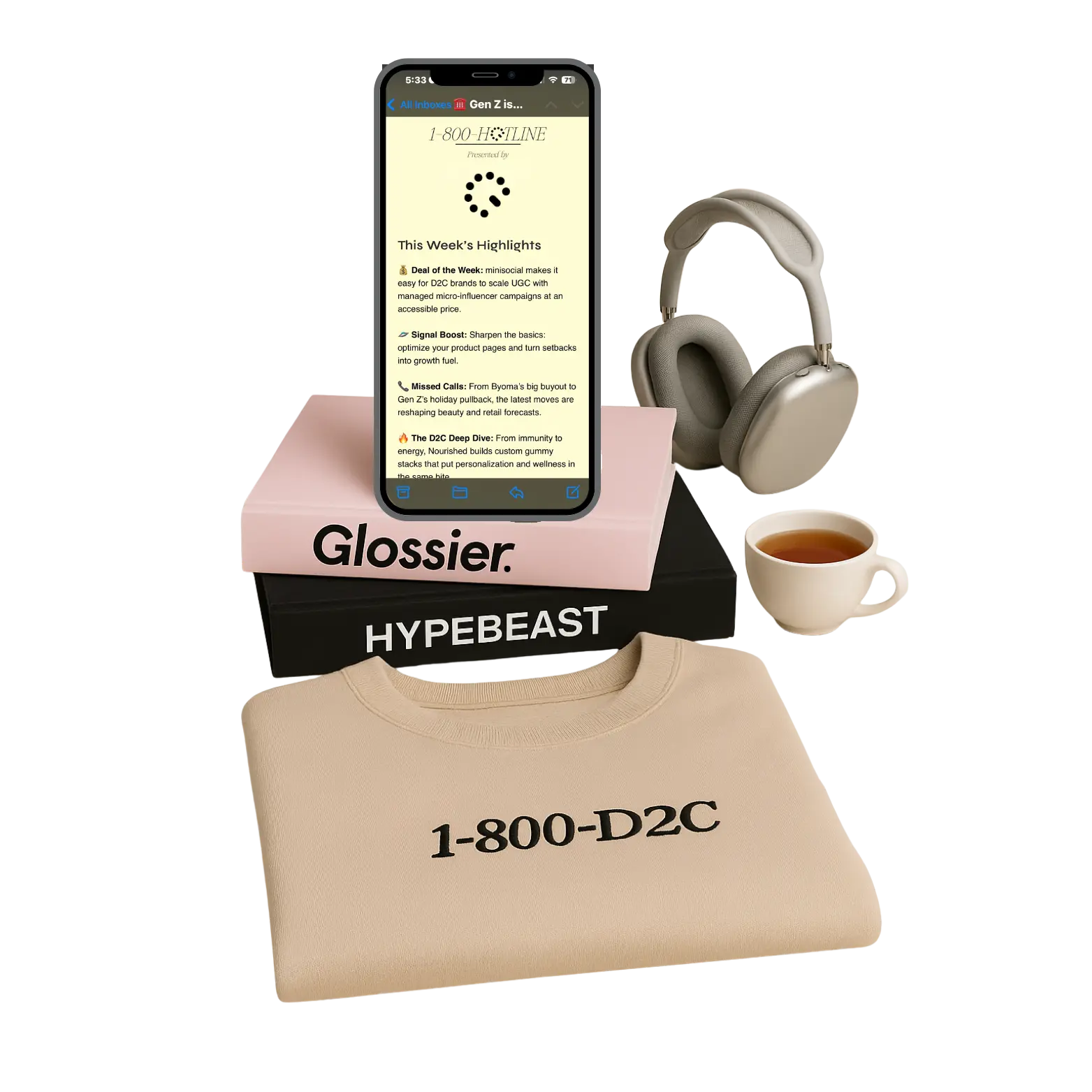
I co-founded Gin Lane in 2007 in NYC helping post-recession brands with small budgets dedicated to digital. We had a traditional graphic, branding and design background and a good foothold into the world of fashion (which is how we connected with Bonobos, Warby Parker, Everlane and more).
That was the backdrop for what we almost exclusively ended up working on towards the end of that 2010’s decade: Which was “DTC” as we know it today.
And around those later years, me and my Pattern co-founders, Nick Ling and Suze Dowling, saw that the era we were in was going to change. So we decided to come up with a new way of approaching what we were doing by creating a multi-brand company, composed of digital-first companies, that would be owned and operated by one team.
Our thoughts were that this model would set us up for the long-term and provide room for our senior leadership to grow. We could learn new skills and we would do that while focusing on the home goods space. We chose that space because we, as millennials, were at that stage in our lives where we were looking for thoughtful items to buy for our homes - so we were effectively marketing to ourselves.
And that’s how Pattern started.
Everyone's nature-nurture is different. And a strength of mine is that I'm pretty comfortable with uncertainty and chaos. It's probably why I've professionally gravitated towards working in startups, which can be really stressful and anxiety inducing for others.
So, no. I wasn’t too scared. What did make me nervous however, is giving up our authority as one of the top agencies in our space, and having to start all over again. But conversely, I do like building things up from the ground, so I was excited by the challenge.
Looking back on the last 4 years, our North Star has always stayed the same: “Enjoy daily life through everyday home good items.” Plus, we’ve modeled and operated successfully as a holding company of multiple brands.
The way we’ve achieved this has definitely changed quite a bit, especially post-COVID.
For starters, instead of building brands ourselves, we now primarily acquire new brands and then operate and grow those brands. That’s a huge change.
Secondly, we now work remotely, which is something I never could have imagined considering I previously worked out of an office in Chinatown for 15 years.
Lastly, we’ve learned a lot about the different skills needed to operate Pattern instead of an agency like Gin Lane. Nick, Suze and myself had to architect the right structure to operate properly and hire accordingly. That took a lot of time, trial and error, and effort.
A word we use often is ‘durable’. We look for home good brands that can be interacted with everyday, with products that you are energized to use or interface with in your home.
For example, our most recent acquisition, Onsen, is a soft goods company that uses a cotton waffle weave to create bathrobes and towels that are ultra soft and dry fast.
Onsen’s founder is part Japanese, so the brand ideation was inspired by traditional onsen springs of Japan. There’s a lot to like about the history and backdrop of the brand. Onsen is not only very functional, but there is a brand centricity there, too. That’s another big factor for us.
We also look for brands that are primarily DTC. While we've evolved organically in omnichannel, direct-to-consumer is still our core.
Lastly, we tend to gravitate towards bootstrapped businesses. These types of businesses are usually led by founders who organically built these businesses, possess true product market fit, often have strong unit economics and gross margins on the products. They are sound in their business fundamentals.
Nick and Suze, as well as our CFO Angela, have done an outstanding job in developing a thoughtful and fundamentally sound portfolio based on those factors and it’s one of the reasons we've been able to grow the last few years.

On the brand side, we’ve held true to our Gin Lane principles, so we’re able to apply that thinking across the portfolio. However that’s only a small slice of what’s needed. Since launch, we’ve worked to add full-funnel performance marketing, supply chain, and operations and other important skill-sets.
Overall, Pattern is decidedly more data-centric as an operating business than Gin Lane was as a creative agency. Today, understanding how creative relates to performance is a balance we’ve worked to maintain, and apply to the portfolio.
From a team perspective, most of our experts’ work should translate across all brands. That’s kind of how we can win, when smart thinking can be applied to multiple brands, not just one.
I admire Our Place (also in the home space). I'm based out of Los Angeles and they’re based here. They've done a really nice job with thoughtful messaging and brand articulation, and also performance-based funnels.
The team at Ghia does a really nice job on the brand and storytelling front. Especially being a new entrant into a new category. They’re very professional in what they do and really strike that creativity-performance balance really well.

Without getting too technical: I think it's really important to respect the art and respect the science of running a business. One hand washes the other. When combined together, special things happen.
Discover new D2C brands, new eCommerce tools and read in-depth founder reviews each week.
